Wally Rhines’ keynote at U2U, the Mentor users’ group meeting, was about Mentor’s strategy of focusing on what other people don’t do. This is partially a defensive approach, since Mentor has never had the financial firepower to have the luxury of focusing all their development on sustaining their products and then make … Read More
Electronic Design Automation
Cadence support for the Open NAND Flash Interface (ONFI) 3.0 controller and PHY IP solution + PCIe Controller IP opening the door for NVM Express support
The press release about ONFI 3.0 support was launched by Cadence at the beginning of this year. It was a good illustration of Denali, then Cadence, long term commitment to Nand Flash Controller IP support. The ONFI 3 specification simplifies the design of high-performance computing platforms, such as solid state drives and enterprise… Read More
Analog Automation – Needs Design Perspective
Recently I was researching the keynote speeches of isQED (International Society for Quality Electronic Design) Symposium 2012 and saw the very first, great presentation, “Taming the Challenges in Advanced Node Design” by Tom Beckley, Sr. VP at Cadence. I know Tom very well as I have worked with him and I admire his knowledge, authority… Read More
EDPS: 3D ICs, part I
The second day (more like a half-day) of EDPS was devoted to 3D ICs. There was a lot of information, too much to summarize in a few hundred words. The keynote was by Riko Radojcic of Qualcomm, who has been a sort of one-man-band attempting to drive the EDA and manufacturing industries towards 3D. Of course it helps if you don’t … Read More
MEMS and IC Co-design
This morning I attended a webinar about MEMS and IC co-design from a company called SoftMEMS along with Tanner EDA. I learned that you can co-design MEMS and IC either in a bottom-up or top-down methodology, and that this particular flow has import/export options to fit in with your mechanical simulation tools (Ansys, Comsol, Open… Read More
Oasys Gets Funding from Intel and Xilinx
Oasys announced that it closed its series B funding round with investments from Intel Capital and Xilinx. The fact that any EDA company has closed a funding round is newsworthy these days; companies running out of cash and closing the doors seems to be a more common story.
Oasys has been relatively quiet, which some people have taken… Read More
EDPS: Parallel EDA
EDPS was last Thursday and Friday in Monterey. I think that this is a conference that more people would benefit from attending. Unlike some other conferences, it is almost entirely focused around user problems rather than doing a deep dive into things of limited interest. Most of the presentations are more like survey papers and… Read More
Designing for Reliability
Analyzing the operation of a modern SoC, especially analyzing its power distribution network (PDN) is getting more and more complex. Today’s SoCs no longer operate on a continuous basis, instead functional blocks on the IC are only powered up to execute the operation that is required and then they go into a standby mode, … Read More
Synopsys Users Group 2012 Keynote: Dr Chenming Hu and Transistors in the Third Dimension!
It was an honor to see DR. Chenming Huspeak and to learn more about FinFets, a technology he has championed since 1999. Chenming is considered an expert on the subject and is currently a TSMC Distinguished Professor of Microelectronics at University of California, Berkeley. Prior to that he was the Chief Technology Officer of TSMC.… Read More
Does Subsystem IP will finally find a market? ARC based sound subsystem IP is on track…
Will the launch of ARC based complete sound system IP by Synopsys ring the bell for the opening of a new IP market segment, the “Subsystem IP”? If you look at the IP market evolution, starting from standard cell libraries and memory compiler offering in the 1990’s, moving to commodity functions like UART or I2C in the late 1990’s to … Read More




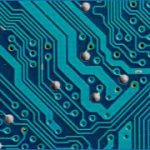


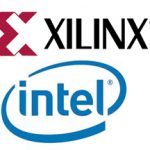

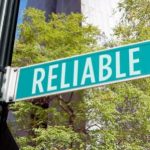
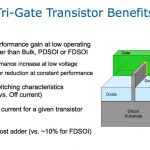
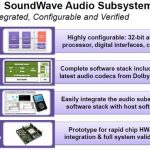
The Quantum Threat: Why Industrial Control Systems Must Be Ready and How PQShield Is Leading the Defense